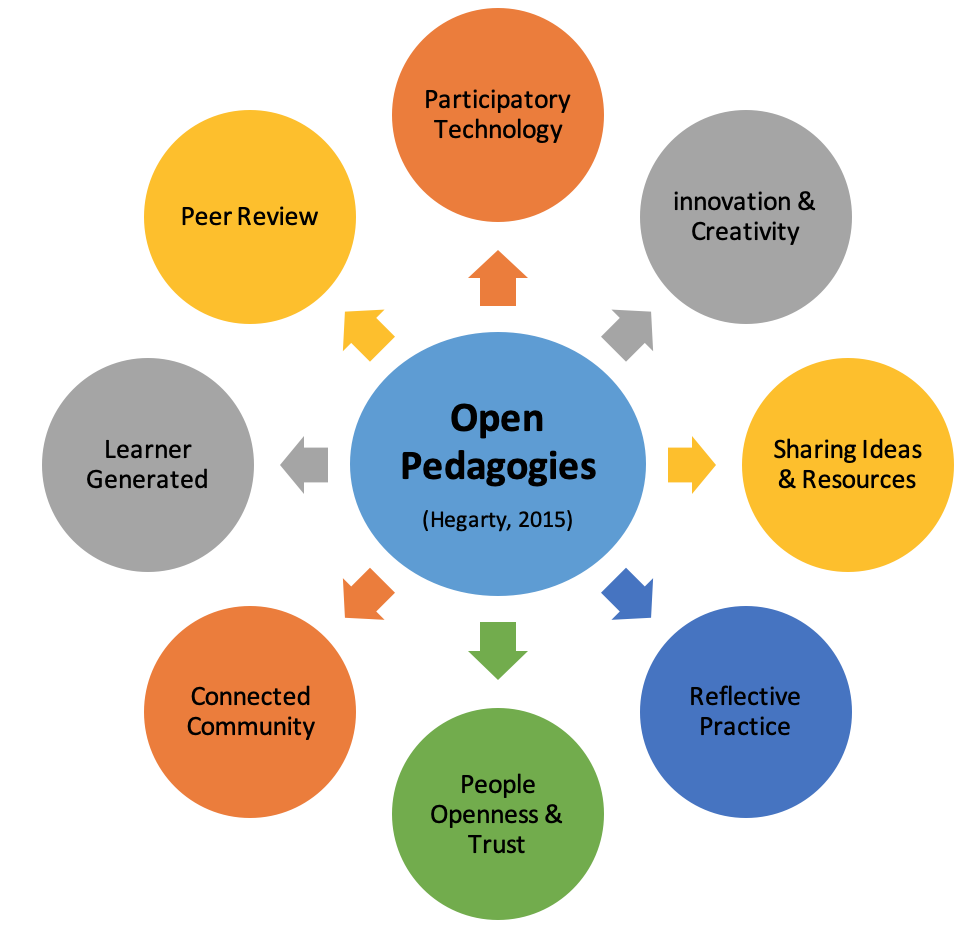Connect – ED
It is my annual trek to connect! The spring CanConnect conference brings me in touch and in synch with folks from across Ontario at one of the key Ed Tech conferences held in Ontario. It gives me an opportunity to strengthen ties to those I’ve never met, but have connected through social media. It gives me a chance to hear about great things happening in classrooms near and far. It provides time to tinker with ideas, technologies and emerging enterprises, with a critical eye for media, digital literacies, and open education opportunities. While not specifically connected to my PhD research or dissertation plans, it does give me a window into open vs closed spaces for student learning, teacher engagement, and sharing resources.
This year, I challenged myself to collect as many resources as I could, bring them together for future reference, and share out throughout the conference, both on Twitter and Cube for Teachers. Here are the resources and links I’ve collected from this conference.
- CanConnect Folder in CUBE for Teachers
- CanConnect Google Drive – shared folder of presentations
- Some Notable items in this collection:
- First Nations Exchange: Fostering Cultural Learning Partnerships in the 21st Century – web site
- Virtual and Augmented Reality in the Classroom – presentation slides by Mistene Clapp
- Exploring and Creating VR in the Classroom – presentation slides by Megan Lowe, Mark Velle, and Angela Rohr
- The Art of Cardboard – presentation slides by Kyle Kitchen
More can be found in the Twitter stream for this conference – https://twitter.com/CanConnectEd
The keynote talks and spotlight speakers are listed here: https://www.youtube.com/channel/UCBFRuyE-fMgmIf5_sHBAW2w
How does this connect to my PhD research and dissertation?
By finding and following educators in the K-12 space, I am able to build a PLN upon which to draw, when beginning my research. While the question and focus of my study is not yet set, I like to keep connections open, opening new connections, and learning from those who share in open education spaces – even if they don’t consider themselves open educators. Many at this conference model the qualities and characteristics of open practitioners in education, as reflected in Hegarty’s (2015) Attributes of Open Pedagogy: A Model for Using Open Educational Resources.

While this model stresses the use of OER in teaching and learning, there were some at this conference who shared this notion of open pedagogies in the work they presented. There are educators in K-12 who are shaping the open educational landscapes without even knowing they are traversing these new digital locations.
One challenge from this conference, in reflection, is the white-washed illusion of OPEN that was presented by some of the keynote and spotlight speakers, as well as many of the ed tech companies present at this conference. While the ‘free’ label was applied with reckless abandon, it was not always free in the truest sense, particularly when personal email or data was collected by vendors and presenters with a scan of your conference tag. A secondary concern was the misinformation about copyright and Creative Commons coming from some presenters. While I am by no means an expert in either, I have taken and facilitated the Creative Commons certification course. From this experience I see the need for common knowledge about both topics that educators can share from an informed perspective. Rather than spread misinformation or inaccuracies, presenters should be checking into how, where, when, and with whom they can openly share images, media, resources, and ideas.
Staying connected in ED is an important part of why I’m doing this research – how do we connect in open, shared, collaborative spaces as educators? How do we build connected learning networks to support our professional learning? What barriers in information exist when examining open education for new teachers in K-12 schools.
